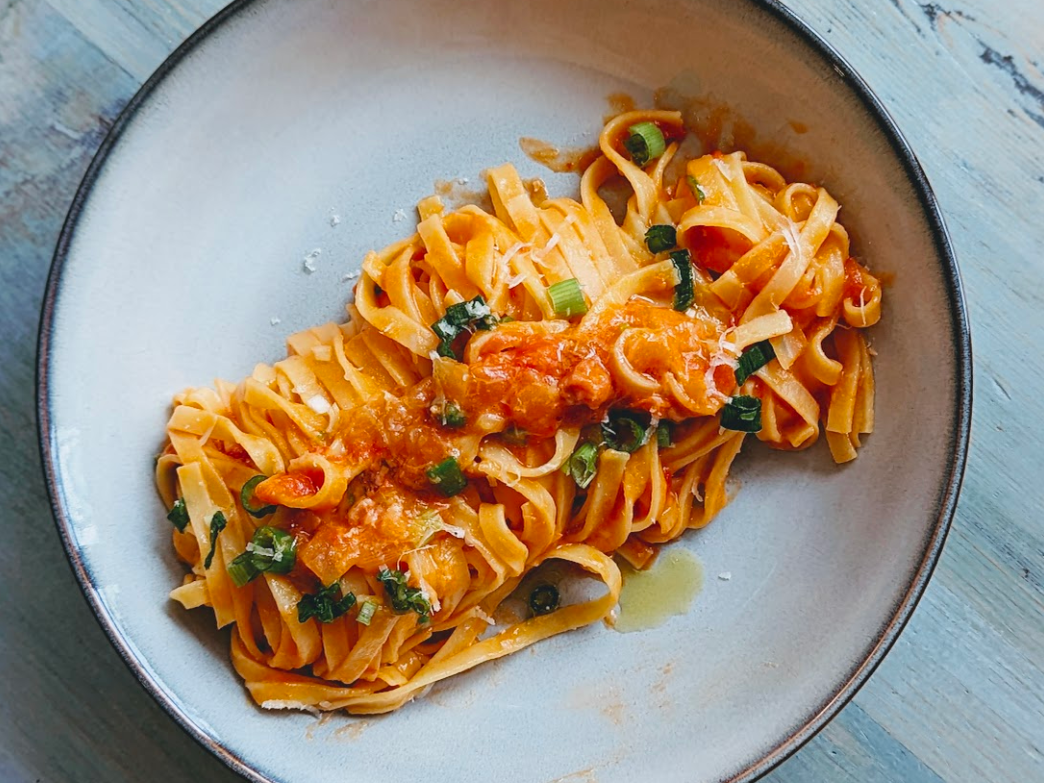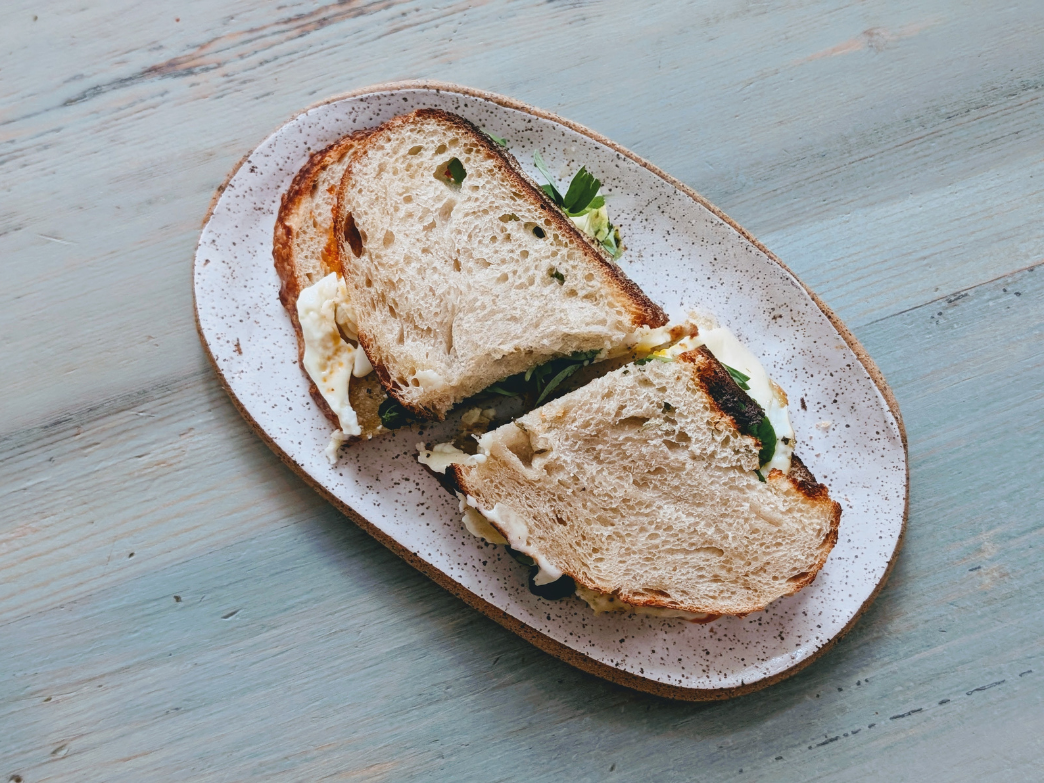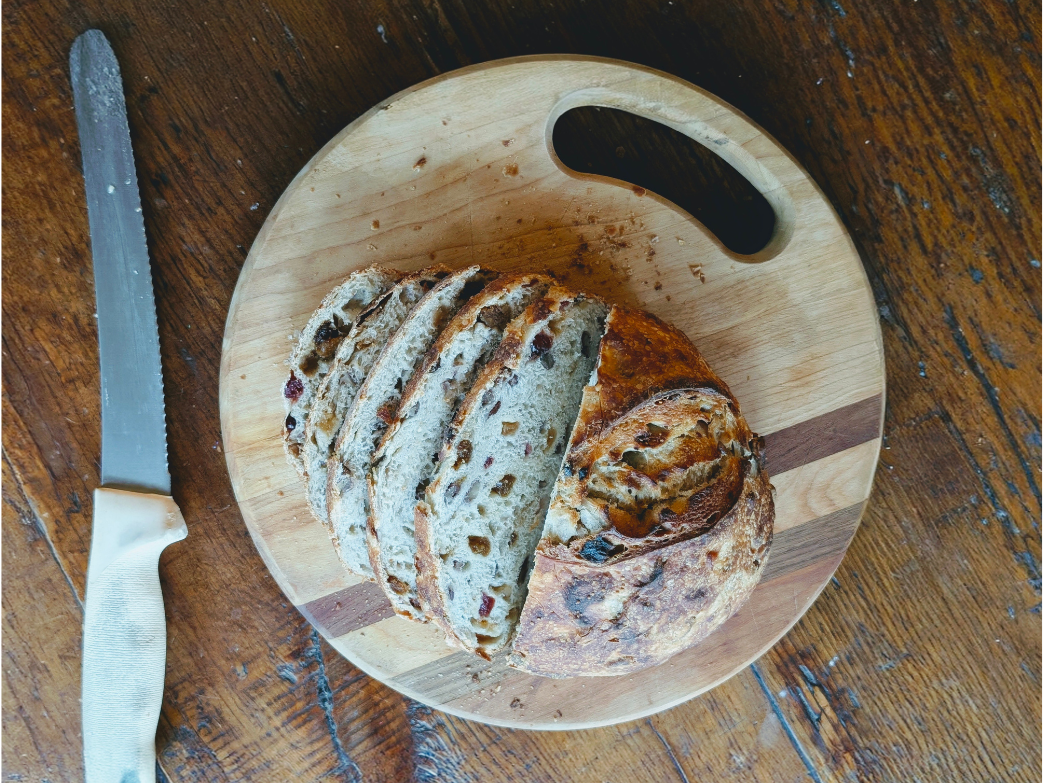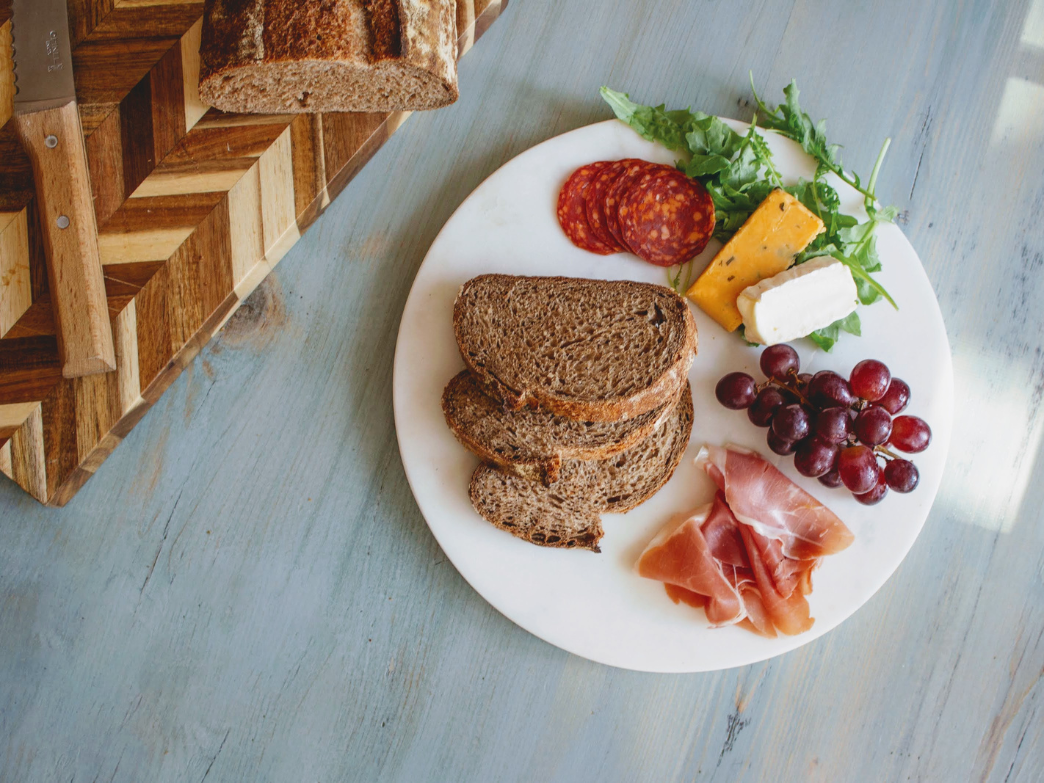By Lucy Yanckello, Ph.D.
Pizza and pasta may be in a deadset tie for tastiness, but which is healthier? Each carb heavy delight has its own benefits and drawbacks, but if you are craving Italian flavors and want to keep your calories in check, which one should you choose?
What is the difference between pizza vs. pasta nutrition?
Pizza from a restaurant can run you up to 300 calories a slice – more depending on the toppings chosen. This can quickly eat away at the recommended average of around 2000 to 2500 calories a day, not to mention the amount of saturated fat and sodium. But pasta from a restaurant can rack up the calories too – an order of fettuccine alfredo at Olive Garden amounts to around 1,220 calories and 1,350 mg of sodium. Creamy sauces and cheese can make any pasta dish less healthy.
Here is a quick snapshot comparing the nutritional content of a slice of cheese pizza versus a cup of cooked spaghetti with no sauce:
|
Nutritional Content |
Slice of Cheese Pizza |
One Cup of Cooked Spaghetti |
|---|---|---|
|
Calories |
285 |
220 |
|
Protein |
12g |
8g |
|
Carbohydrates |
36g |
43g |
|
Fat |
10.4g |
1.3g |
Does pasta or pizza have more carbs? Does pizza or pasta have more calories?
One slice of cheese pizza has fewer carbs than one cup of cooked spaghetti – 36 grams in a typical cheese pizza versus 43 grams in one cup of pasta. However, pizza has more calories than pasta, 285 in a slice of pizza versus 220 in a cup of cooked pasta. This is attributed to the fact that the fat content in a slice of cheese pizza is much higher – almost 9 grams higher – than in a cup of cooked pasta. However, this analysis does not include any additional toppings that may be added to the pizza or sauces mixed with pasta.
Is pizza healthier than pasta? Is pasta healthier than pizza?
Pizza and pasta are similar in terms of nutritional value. Neither pasta or pizza would be labeled as healthy, but can be included in a healthy lifestyle in limited amounts.
Although the fat content in a slice of cheese pizza is higher than in a cup of cooked pasta, this does not mean that pizza is healthier than pasta. Pasta is almost never eaten plain, and often has toppings such as creamy sauces and cheese added in. For example, a two cup serving of fettuccine alfredo has 660 calories, 10 grams of fat, 88 grams of carbohydrates, and 18 grams of protein. This is similar to the nutrition of around 2.5 slices of cheese pizza, which is a more reasonable portion. However, if toppings like pepperoni are added to pizza, the calorie content will also go up and the nutritional value can decline.
Which is better for weight loss: pizza or pasta?
With such a similar nutritional profile, pizza and pasta can be considered equal for weight loss. It is important to remember that whether eating pasta or pizza, portion size is key for weight loss - you can eat pizza and pasta while trying to lose weight if you are mindful of the amount you are eating!
In addition, when focused on weight loss, it is important to eat whole-grain flours, which increases the fiber and protein content of your food. Fiber has a range of benefits including promoting weight loss, lowering blood sugar, fighting constipation, boosting heart health, lowering cholesterol, and feeding the “good” bacteria in our guts. High protein diets also have benefits for weight loss and metabolic health, so sneaking in extra protein in a carbohydrate source is always helpful. Making pizza or pasta at home and opting for whole-grain flours for the dough is a great option. You can also buy whole-grain pasta and pizza dough already made in most grocery stores. It is also important to focus on the toppings – stick with more vegetables, leaner proteins and less creamy sauces and cheeses on both pizza and pasta.
What is the difference between pasta vs pizza flour? Is pasta vs pizza dough the same?
Pizza flour and pasta flour are not the same. Pasta is generally made from semolina flour, whereas all-purpose flour is used to make pizza dough. This is because pasta dough requires a lower gluten content than pizza. In addition, pizza dough contains yeast because it must be leavened, whereas pasta dough does not.
What is the difference between pizza sauce vs. pasta sauce vs. marinara sauce vs. tomato sauce? Which sauce is healthiest?
Pizza sauce, pasta sauce, and marinara sauce are all types of tomato sauce. Pizza sauce is made with uncooked tomatoes that have been pureed, and pasta sauce is made with cooked tomatoes blended with garlic, herbs, and spices – also referred to as a marinara. Because pizza cooks in the oven, putting a pasta sauce – such as marinara – on a pizza is redundant, as you are cooking the sauce twice which changes the overall flavor profile. And vice versa with pasta – adding uncooked sauce to already cooked noodles will make the dish seem unfinished as the pasta sauce is meant to already have the flavors developed when added. Both types of tomato based sauce have similar nutrient profiles and are considered to be much healthier than cream based sauces.
Where can I buy the best fresh pizza and pasta to make at home?
At Wildgrain, we specialize in making high-quality, fresh pastas that are delivered directly to your door. Wildgrain is the first bake-from-frozen delivery subscription service for breads, pastries, and fresh pastas. Some of our popular pastas include margherita pizza, potato gnocchi, cheese tortellini, fresh fettuccine, fresh rigatoni, and fresh tonnarelli. Learn more about Wildgrain and our artisanal baking and cooking methods.
About the Author
Lucy Yanckello received her Ph.D. in nutrition from the University of Kentucky College of Medicine. She currently works as a medical writer and enjoys being able to help people better understand nutrition and science.
This content is for informational use only and does not replace professional nutrition and/or medical advice, diagnosis or treatment. It is not a substitute for and should not be relied upon for specific nutrition and/or medical recommendations. Please talk with your doctor about any questions or concerns.



